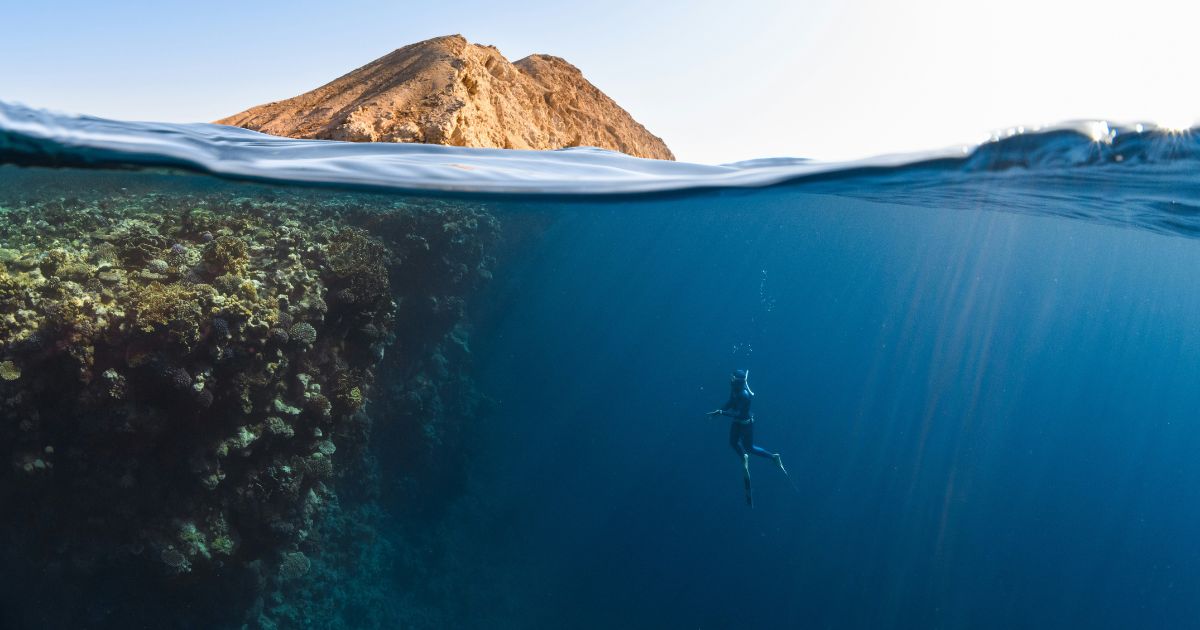150 years of ecological data. BioTIME 2.0 is the world's largest repository of biodiversity time series
An unprecedented view of global biodiversity
The most comprehensive version of the BioTIME database has been released— the world's largest repository of biodiversity time series. This essential tool brings together over 12 million ecological records, spanning nearly 150 years (1874–2023) and covering more than 56,000 species across marine, freshwater, and terrestrial ecosystems.
 The latest database release, published in the journal Global Ecology and Biogeography, is the result of a collaborative effort involving 485 researchers from over 400 institutions in 40 countries, including Portugal. Researcher Maria Dornelas from MARE, with dual affiliations at the University of St Andrews and the Faculty of Sciences at the University of Lisbon, leads this project, bridging academic science with citizen science.
The latest database release, published in the journal Global Ecology and Biogeography, is the result of a collaborative effort involving 485 researchers from over 400 institutions in 40 countries, including Portugal. Researcher Maria Dornelas from MARE, with dual affiliations at the University of St Andrews and the Faculty of Sciences at the University of Lisbon, leads this project, bridging academic science with citizen science.
"Since we cannot travel through time, past data is invaluable for understanding where and how biodiversity is changing," says Maria Dornelas. "This is a collective effort by hundreds of people who recorded species and abundances over time, with human eyes and ears as the primary instruments."
BioTIME 2.0 enables more detailed ecological analyses at the community and ecosystem levels, exploring not only species loss but also changes in community compositions and abundances over time. The latest update enhances geographic and taxonomic representation, covering locations from the Arctic to the Amazon.
"Working on data standardization for BioTIME felt like traveling the world," says researcher Viviana Brambilla from MARE at the Faculty of Sciences, University of Lisbon. "Every day, we learned something new about ecosystems, communities, and ways of observing nature."
Since its launch, BioTIME has supported impactful scientific studies and influenced global conservation and biodiversity policies. The database is publicly available and can be accessed by researchers, policymakers, educators, and citizens alike.
More information at https://biotime.st-andrews.ac.uk/
text by Vera Sequeira
